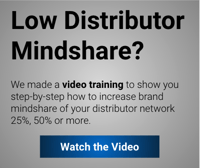“2022 is the year of the distributor, the year of the dealer, the year of engagement and growth.”
– ancient Chinese Proverb
The bigger the challenge, the bigger the opportunity.
And we certainly face some unusual challenges and uncertainties this year.
One set that persists for equipment manufacturers is how to engage their dealers. How to increase levels of engagement.
Why is it so important?
In a channel-centric sales model dealers are the tip of the customer-facing spear. Sales, service, support, the relationship is held by the dealer. That isn’t going to change any time soon.
Unique (Exciting?) Challenges
In machinery manufacturing and sales we face the challenge of complex, highly technical products that require advanced technical knowledge to sell effectively.
In many cases, our buyers are educating themselves extensively. In many cases today, buyers will know more about our products than our salespeople do, especially when salespeople are selling many different brands and are spread too thin.
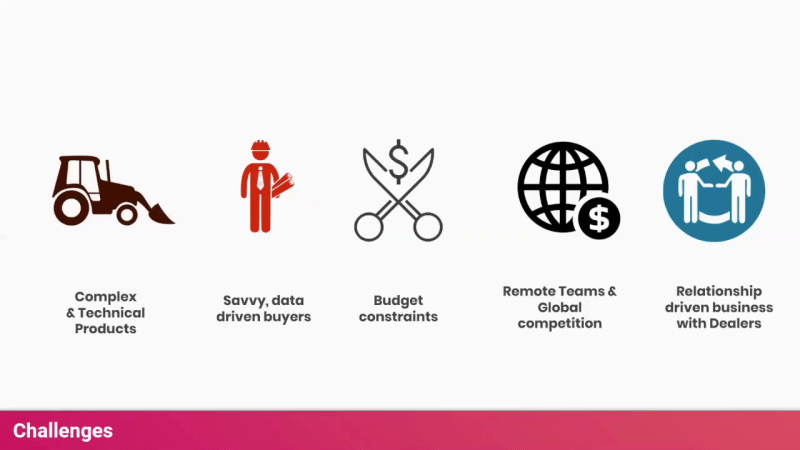
Budgets are shrinking. At the same time goals for revenue and sales are actually growing.
To compound the challenge, many of the people who we are responsible for preparing and enabling for success are working remotely, virtually. There is often a significant drop-off in our ability to be effective communicators when we’re not in person.
It’s tougher when you’re not present with a customer. We didn’t hire him and even though we sometimes wish we could, we can’t fire him. And it’s part of our responsibility to influence their behavior and how they fulfill our vision for the brand and for the products that they’re representing.
The challenge that we hear more than any other is that marketing teams simply don’t have the influence that they wish they had over the process and behavior of their dealers.
Local dealers are essential, long-term, long-established members of their communities and they can get closer to our customers than we ever will be able to. That’s the reality. We need them for that. Most of us have at least a few that we absolutely love, and would never want to replace. They really share our vision for the brand. They have great customer relationships and also sell a lot of products.
A staggering investment in content
The total investment in marketing content will top $300 Billion this year. That is truly mind-boggling.
Our primary lever to educate and inform our dealers and distributors is to deliver content. Yet, we’re often left guessing, with many more questions than answers.
Are they seeing the latest versions?
What content are they getting value from, using most with customers?
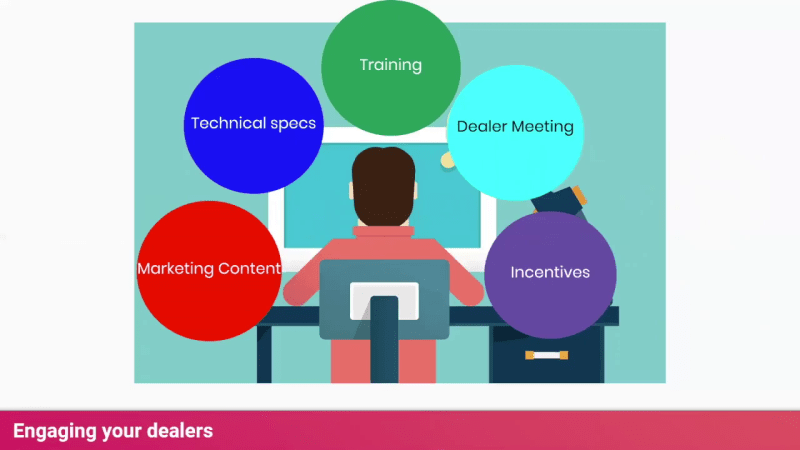
If you went out and surveyed 10 dealers today, how many of them would actually have the 2016 version of our sell sheets? Maybe you’re hosting things on your website, and the links are broken. We see it all the time.
It leaves you to wonder: how long has it been like that?
The most frustrating part is having to find out yourself. And you wonder how many people saw this and didn’t actually say anything to you, or is the the real underlying issue that people aren’t going there. It seems like there is no way to know. And that’s a problem. Another we hear quite a bit is that interactions with dealers about the quality of the materials are infrequent and feedback is virtually non-existent.
No news is good news, right?
Perhaps like they say “no news is good news” or maybe they’re just not engaged. They’re kind of doing things their own way. Or, you get a lot of calls from dealers asking you to send them the latest materials.
If you’re providing a channel for them, you know, whether it’s Dropbox or the website, why are they going outside of that channel and frequently cutting into your marketing productivity to fulfill an order or finish a proposal. You might conclude that there’s a bit of a silver lining that they’re engaged with you, but is that really the best use of your time? And is that the standard that you’d like to set across your entire dealer channel?
In reality, you probably can’t spend heavy face time with every one of your dealers. However, at the end of the day, not having any kind of metrics or performance, analytics, means you just don’t know what materials are being used or what is actually effective.
Which dealers are actually engaging with the tools you spend time and money to provide?
Are you confident that each person selling your products is using the most current and accurate information?
The more dealers that you have, the more challenging it is. The complexity of communication and management rises exponentially. When you’re thinking about these relationships, some people are more forthcoming than others. Some people are more forthright than others with feedback. Some reps need more attention, some less and so on.
It is frankly inadequate to just simply rely on voluntary feedback for something that is so critical to your success, as a brand.
Most frustrating of all, though? Regardless of the dealer feedback, statistics show that 60 to 70% of the content being produced sits unused.
Somewhere on the order of 60 to 70% of your budget for content, flushed down the toilet is enough to make you pretty frustrated.
It begs the question: if they’re not utilizing the content and the training and the technical expertise that you’re trying to impart on them, do we really know how the majority of our frontline sellers are selling our products?
Dealer Engagement 2.0
It is important to hear from dealers and act on their feedback. That’s the essence of Dealer Engagement 2.0. It really means a shift towards tighter alignment and stronger partnerships by resolving some of the more frustrating and time consuming logistics and product training tasks, so that we can focus more time on influencing the customer experience on influencing the dealer experience.
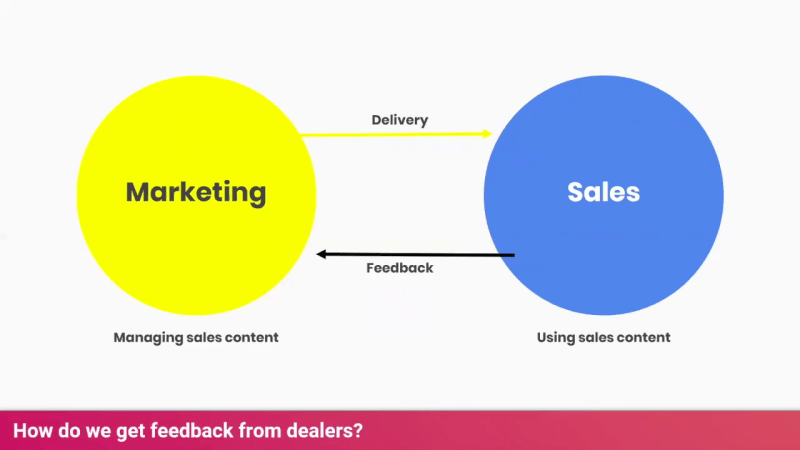
Tighter alignment between manufacturers and dealers is going to lead to more sales. It’s going to lead to a more engaged dealer channel, a virtuous feedback loop, which elevates marketing to be a better partner for sales and establish healthy and consistent dialogue with sales.
Once you’ve established that kind of alignment, you can get on with the task at hand, which is more incremental improvement, you can work with sales to strengthen the feedback loop even more and start focusing on gaps in training, standardizing your most effective sales and marketing processes.
Once you have visibility into what those are across your entire sales dealer and distributor footprint, and ultimately start to zero in on improving your end customer’s experience in their buyer journey.
The Quest for the Holy Grail, Actionable Data
We are looking for actionable performance data that we can use to guide future decisions.
You know, that was a staggering number, $300 billion in marketing content spend. surely we could be smarter about those investments, seeing which dealers are accessing the materials can give you so much insight, which dealers are behaving like partners, and which ones are going, you know, really just going through the motions. If we’re hearing about high turnover, are those dealers, you know, are those dealer teams utilizing the training materials that we’re providing is that training working?
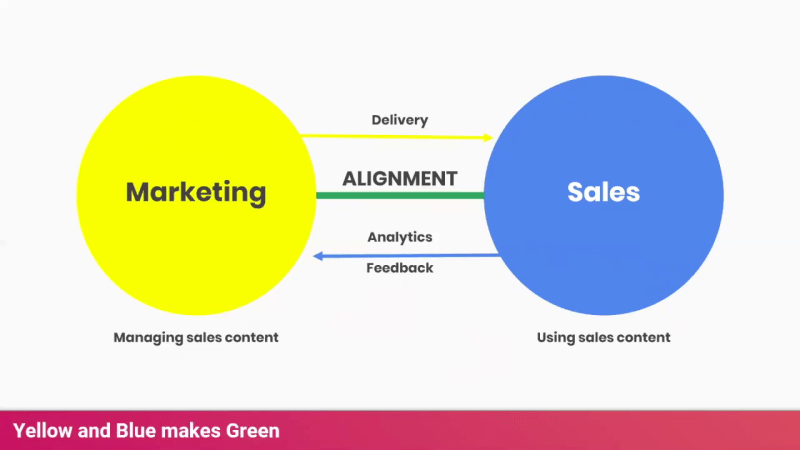
The best dealers in your mix love this data. Tighter alignment means sharing information and getting better through increased mutual understanding and collaborative adjustments and revised expectations.
We’re all in this together
Implementing tools to elevate dealer engagement shows your level of investment in improving outcomes and establishing more productive relationships.
It’s a unique view into the voice of the customer. What content are they responding to most? What type of sales training has a positive impact with your ideal customers? What type of content is important to different generations?
We are absolutely seeing a generational shift happening. You can use your data to better engage with your dealers and influence positive behavior because engaged and productive dealers play a vital role. We can all agree in almost every aspect of our business, not just sales, but product design and delivery service, and field support in the management of replacement part inventories. It really is a finger on the pulse of the market.
Through our work with enterprise manufacturers over the past 20 years, we’ve developed a content delivery platform and mobile sales tool purpose built for the unique challenges facing a brand like this with a geographically distributed dealer channel.
And so what we would really like to be able to control is the training that they’re receiving, and the message that they’re delivering about our brand and our products. We must ensure that the information the dealers are delivering is current, appropriate, and actionable.
Modern best practices in digital asset management, sales enablement, and mobile sales tools, have redefined how we can engage with our dealers so that any group or single individual that you’re sharing content with would get a permission space login to access, not just PDFs and brochures, but any kind of rich media or selling tool that you could imagine and deliver to a mobile device like videos, product comparison tools, cost calculators, product configurators. All of these tools serve the key purpose of educating dealers so that they can then 1) educate customers more effectively and 2) accelerate buying cycles commensurately.
Best in class mobile training and selling tools empower marketing with much more control over what content is active and available. It also gives you the ability to measure things that you couldn’t before using the data from the platforms.
Analytics Inform Intentions and Rewards
We like to quote Drucker who said “you can’t improve what you don’t measure.” So true. An analytics engine makes it possible to track what content is accessed, downloaded, and shared by which logins really takes the guesswork out of the equation. It gives you a clear picture of what content is being utilized and training and selling situations. And you can see which reps and dealers are engaged partners, and which ones are just going through the motions. If you really study those behaviors you can then make informed decisions on how you can best influence and reward those behaviors.
The 80/20 rule
If you’re like most manufacturers we talk to, 20% of your dealers are doing about 80% of your sales volume. If you’re one of the lucky ones, maybe it’s more like 70/30.
How do you create more of your high-performing dealers?
What would it mean for your business if you could add three more dealers to that top performer category.
How about five?
How about 10?
We need that tide to start rising, to raise all dealers. How do we start impacting the dealer experience, right, and create stronger partnerships with our dealers.
How can we impact that healthy and productive relationship and take it to the next level, at the point of sale? Perhaps that can put us in a position to start to really influence the customer experience and brand loyalty and these things that can really start to move the needle for us as a business and this brand.
How do I influence dealer behavior?
The biggest thing is NOT to show a result. The biggest thing is to make it easier for dealers to sell your products. And the fastest way to do THAT is with effective innovation.
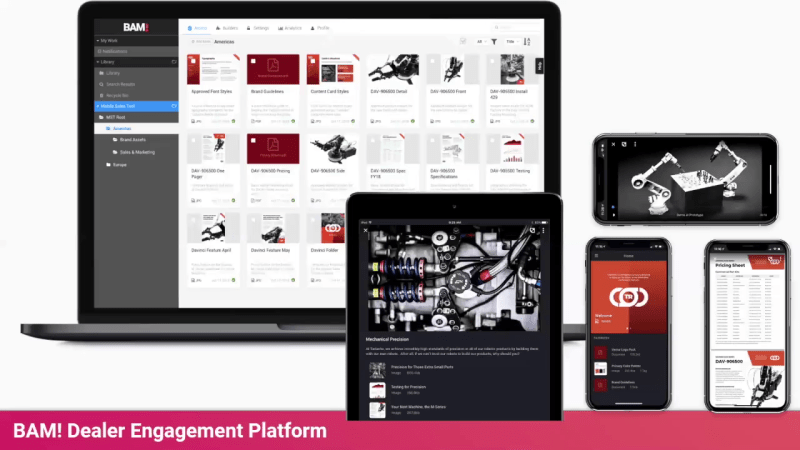
They have a job to do and that’s to make money for the company, and to establish tighter bonds with their suppliers. If you can demonstrate that you can do that with a tool like this and make it extremely easy to use, that ultimately is going to do the biggest favor for you in terms of getting folks to adopt any new practices or technology.
READY TO LEARN MORE?
Learn more about how BAM! Helps manufacturers grow their dealers.
ADDITIONAL RESOURCES
Learn from some of our customers how BAM! has transformed their businesses
